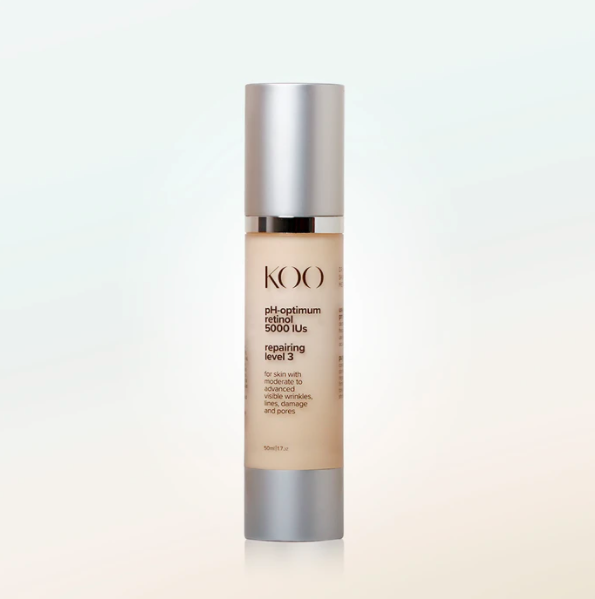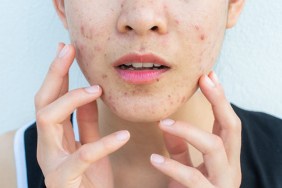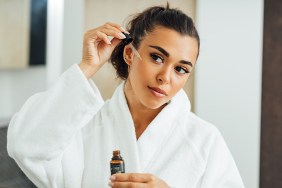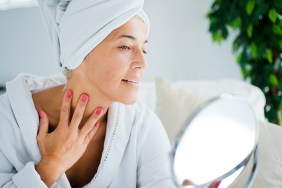If you’ve ever had even the slightest concern about fine lines and wrinkles, you’re probably familiar with the powerhouse ingredient retinol. And you’ve probably also heard that it’s one of the first things women are often told to nix from their beauty routine when they become pregnant.
“Retinol is a form of vitamin A, which is necessary for skin, nails and hair, pretty much anything that has collagen in it,” says Dr. Michele Koo, MD, FACS and the founder of Dr. Koo Skincare. “When applied topically retinol is converted from its inactive form to retinoic acid the active form to improve skin texture, wrinkles, density and uniformity. Retinol is the magic ingredient to accelerate skin turnover and improve the architecture of the layers of skin.”
Dr. Koo goes on to underline that anyone who wants to preserve their smooth, firm skin should use retinol to prevent skin damage and visible deep lines. And yes, that includes pregnant women.
“Topical use of retinol during pregnancy merely exists as a theoretical concern,” says Dr. Koo. “Vitamin A is a fundamentally important vitamin needed for the growth and differentiation of cells and its effects are easily observed during topical administration via improvements in skin texture, wrinkling, density and uniformity. When vitamin A is topically delivered in the form of retinol, it is (and must be) enzymatically converted to tetinoic acid to act on specific skin receptors. Such as the countless mechanisms of wonder in the skin, this necessary conversion allows for precise control of the levels of retinoic acid generated and prevents an excess that could have negative health effects (to mom or baby). Thus, one can regard retinol as an inactivated form of vitamin A and unable to inflict any harm during pregnancy.”
So why are women so often told that the ingredient is not safe during pregnancy?
“It really is time for the medical community to inform users that retinol is NOT retinoic acid or tretinoin or isotretinoin, which are absolute no-gos during pregnancy or contemplated pregnancy,” says Dr. Koo. “Retinol is the non-active form of retinoic acid and is completely safe when used topically at under 8000 International Units (IUs, a standardized measure of the true concentration with efficacy and safety data) during pregnancy and breastfeeding.

Speaking of IUs, retinols come in different concentrations.
“The percentage retinol listed on non-prescription products is very misleading,” says Dr. Koo. “The only concentration one should look for is the IUs.” While, as mentioned, any retinol at or under 8000 IUs is completely safe for pregnancy and breastfeeding, Dr. Koo underlines that the ability to tolerate nightly use – which she recommends – depends on the specific formulation. Many people can only tolerate certain formulations once to 3 times a week. Increased irritation does not equal effectiveness, so start off at a smaller concentration and work your way up.








